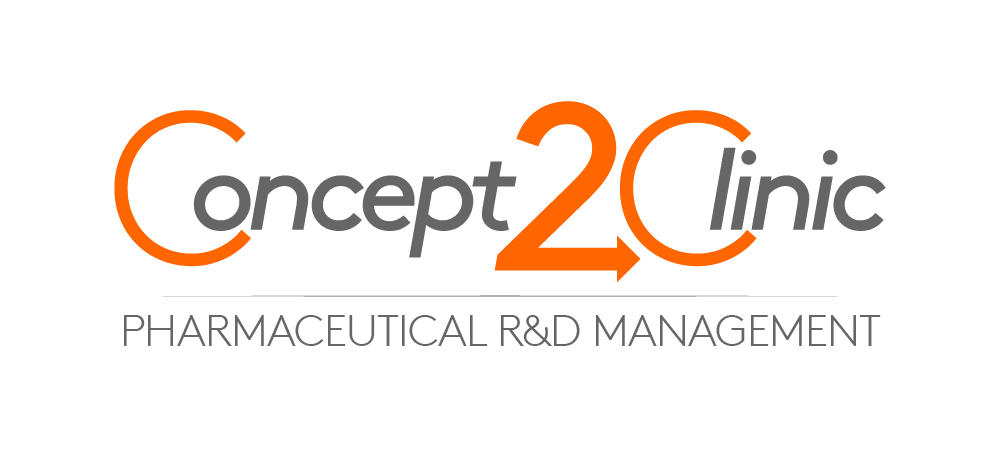Pharmacokinetics refers to movement of the drug in and alteration of the drug by the body; includes Absorption, Distribution, Metabolism and Excretion (ADME) of the drug.
What is Pharmacokinetics?
Absorption is the movement of the drug from its site of administration into the circulation. Not only the fraction of the administered dose that gets absorbed, but also the rate of absorption is important. Once a drug has gained access to the bloodstream, it gets distributed to other tissues that initially had no drug, concentration gradient being in the direction of plasma to tissues. Metabolism means chemical alteration of the drug in the body. It is needed to render non-polar (lipid-soluble) compounds polar (lipid-insoluble) so that they are not reabsorbed in the renal tubules and are excreted. Most hydrophilic drugs, e.g. streptomycin, neostigmine, pancuronium, etc. are hardly metabolized and are largely excreted unchanged. Mechanisms which metabolize drugs (essentially foreign substances) have developed to protect the body from ingested toxins. The primary site for drug metabolism is the liver; others are—kidney, intestine, lungs and plasma. Excretion is the passage out of systemically absorbed drug.
Factors of Pharmacokinetics
The intensity of response of a drug is related to the concentration of the drug at the site of action, which in turn is dependent on its pharmacokinetic properties. Pharmacokinetic considerations, therefore, determine the route(s) of administration, dose, latency of onset, time of peak action, duration of action and frequency of administration of a drug. All pharmacokinetic processes involve transport of the drug across biological membranes.
Pharmacokinetics of a drug depends on patient-related factors as well as on the drug’s chemical properties. Some patient-related factors like renal function, genetic makeup, sex and age can be used to predict the pharmacokinetic parameters in populations. For example, the half-life of some drugs, especially those that require both metabolism and excretion, may be remarkably long in the elderly.
Other factors are related to individual physiology. The effects of some individual factors (eg, renal failure, obesity, hepatic failure, dehydration) can be reasonably predicted, but other factors are idiosyncratic and thus have unpredictable effects. Because of individual differences, drug administration must be based on each patient’s needs—traditionally, by empirically adjusting dosage until the therapeutic objective is met. This approach is frequently inadequate because it can delay optimal response or result in adverse effects.
Pharmacokinetic Analysis
Lack of efficacy and toxicity are considered to be major reasons for drug failures and pharmacokinetics governs them to a large extent. Compound with favourable pharmacokinetics is more likely to be efficacious and safe. Therefore, the preclinical pharmacokinetic evaluation should be comprehensive enough to ensure that compounds do not fail in the clinic. Preclinical ADME screening facilitates early elimination of weak candidates and directs the entire focus of the drug development program towards fewer potential lead candidates.
Toxicokinetics forms an integral part of toxicity study and is used to assess the exposure of candidates in toxicity models and correlate the drug levels in blood and various tissues with the toxicological findings. There is no certainty that the selected candidates will exhibit the desired target pharmacokinetic profile in humans and real human pharmacokinetic remains in suspense until the compound enters Phase-1 Clinical Trial.
Concept 2 Clinic Inc. provides pharmacokinetic analysis that will exceed your quality and timeline expectations. Contact us today to learn more about how our variety of Pre-clinical services can benefit your program.




